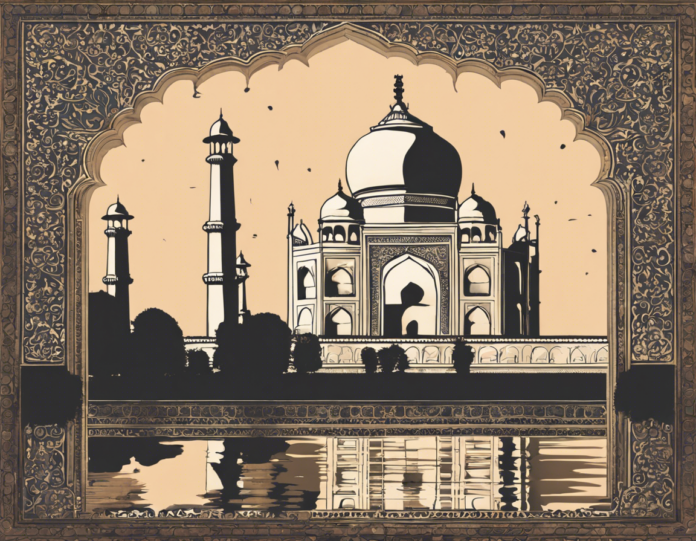In the heart of India lies a jewel, a masterpiece of architectural grandeur, a symbol of eternal love – the Taj Mahal. This pristine white marble mausoleum located in the city of Agra is a UNESCO World Heritage Site and one of the most iconic structures in the world. Built by the Mughal emperor Shah Jahan in memory of his beloved wife Mumtaz Mahal, the Taj Mahal is a testament to love, artistry, and craftsmanship.
History and Significance
The Taj Mahal was constructed between 1632 and 1648, with thousands of artisans and craftsmen working on its design and construction. The mausoleum combines elements from Islamic, Persian, Ottoman Turkish, and Indian architectural styles, creating a harmonious blend of beauty and symmetry. The intricate marble inlay work, the magnificent dome, and the reflecting pool all contribute to its ethereal beauty.
Architecture and Design
The Taj Mahal is a symmetrical masterpiece, with its main gateway leading to a spacious garden divided into four quadrants. At the far end of the garden stands the mausoleum, with its four minarets standing tall at each corner. The central structure houses the cenotaphs of Shah Jahan and Mumtaz Mahal, while the actual tombs lie in a lower level, closed to the public.
Symbolism and Romance
The story behind the Taj Mahal is as captivating as its beauty. Shah Jahan was grief-stricken after the death of his wife during childbirth and vowed to create a monument that would immortalize their love. Legend has it that Shah Jahan planned to build a black Taj Mahal across the river as a mausoleum for himself, but due to political unrest, this plan never materialized.
Visiting the Taj Mahal
Millions of visitors flock to the Taj Mahal each year to behold its breathtaking beauty. The best time to visit is during sunrise or sunset when the changing light enhances the marble’s iridescence. Visitors should be respectful of the site’s sanctity, taking off their shoes before entering the main mausoleum and refraining from touching the marble surfaces.
Preservation Efforts
The Taj Mahal faces several threats, including pollution, overcrowding, and deterioration of its marble facade. Conservation efforts are ongoing, with measures in place to reduce pollution levels, control visitor numbers, and restore the monument to its former glory. It is essential for future generations to continue to protect and preserve this cultural treasure.
FAQs
Q: Can visitors enter the main mausoleum of the Taj Mahal?
A: No, the main cenotaph chamber is off-limits to visitors, but you can view the cenotaphs from a distance.
Q: What is the best time of day to visit the Taj Mahal?
A: Sunrise and sunset offer the best lighting for viewing the Taj Mahal and capturing its beauty in photographs.
Q: How long did it take to build the Taj Mahal?
A: Construction of the Taj Mahal took around 16 years to complete, from 1632 to 1648.
Q: What is the significance of the four minarets at the Taj Mahal?
A: The minarets serve both a symbolic and structural purpose, framing the mausoleum and providing architectural balance.
Q: Is the Taj Mahal a mosque?
A: The Taj Mahal is not a mosque but a mausoleum built to honor the memory of Mumtaz Mahal.
The Taj Mahal stands as a timeless symbol of love and beauty, captivating all who gaze upon its majesty. Visiting this architectural wonder is a once-in-a-lifetime experience that transports visitors to a realm of sheer grandeur and romance. As a marvel of human ingenuity and creativity, the Taj Mahal continues to inspire awe and admiration, embodying the essence of eternal love and artistic brilliance.












